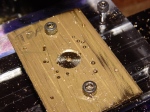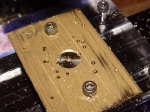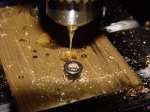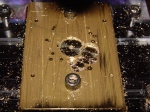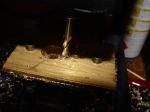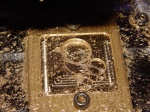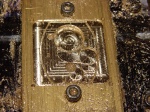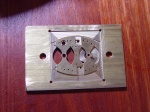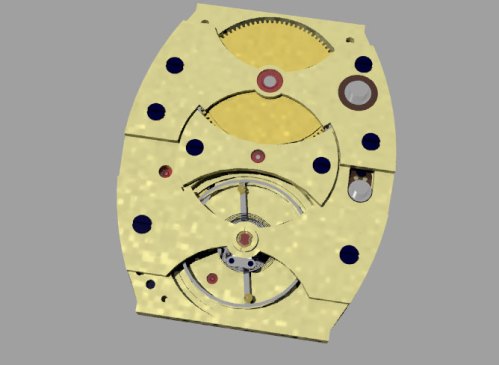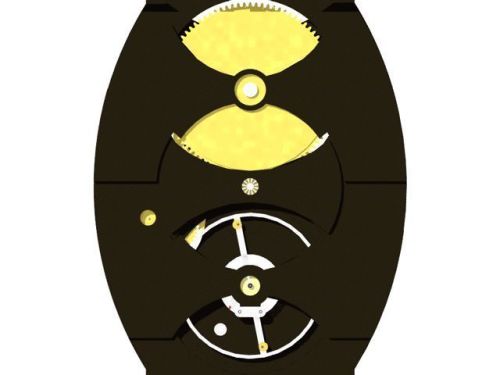So, what criteria should I use to be the heart and circulatory system for my prototype movement? Luckily I had had thoughts on this while designing a custom train over the previous years and worked out the following..
Firstly I want to use a robust train, large teeth on relatively thick wheels, (there goes the ETA automatics..) with a slow moving balance, large barrel for reliable power supply, and a large balance for resistance to minor disturbances
While using a donor movement I want to use one that has been proven to be reliable and robust in it’s own right, with any inherent flaws already discovered and fixed, or at least compensated for. (call me lazy if you want, but I’m going to have enough problems of my own)
The donor movements have to be readily available for a reasonable price, and be uniform in production. Unfortunately this rules out some brilliant movements by itself, I would love to use the Omega 30mm series, but trying to buy more than one in good enough condition is hard enough.. 5 or so that i expect to use, not likely! This also rules out some nice vintage calibres, early Jaeger, Piguet etc.. Due to cost, hopefully in the future I’ll be in a position to revisit this as a new project ala Kari Voutilainen and his Longines’ if I can find a suitable movement.
The movement components must be similar in dimensions to the movement I plan to make, as this will reduce my re-work time, hopefully by a considerable amount and will also simulate the pressures on components.
The movement components should be of good quality, in both materials and production. In my time at the bench I have seen watches disintegrate from within after one or two years of wear, when they have been made from inferior materials, which have worn out and then increased wear in additional components and so on. On the opposite side I have worked on watches that have been running for 20 years or more without maintenance and require little replacement or repair of parts.
With this criteria, and especially with a restriction on the amount I can invest financially, there is one stand out movement.
The Unitas / ETA 6497/6498, used by a remarkable variety of watchmaking firms, from house branded pocket watches to highly decorated versions in Omegas, Panerais and such.
Used for almost 60 years, while still evolving with new technologies, Nivarox balance spring, Incabloc shock absorption, Glucydur balance, all of these technologies have been added as they have come about, but the basic movement has remained the same. The movement is definitely robust, for the cost is quite impressively kitted out, and has numerous modules manufactured to give it additional functionality.
While I have worked on these movements before I currently do not have one in my posession, so will be waiting to obtain some to continue my project, as well as waiting on some tooling to measure components also (see next post).
Leave a Response »




